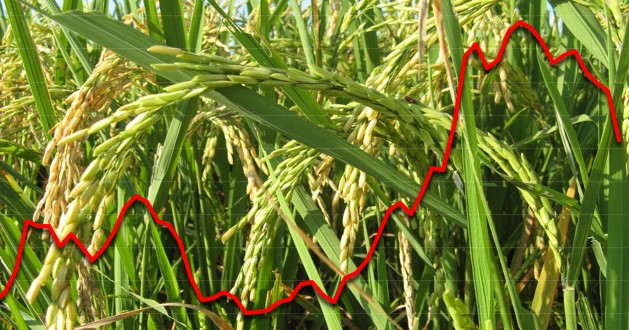
In September, world rice prices fell by only 1%, in a market driven by low import demand. This slight drop does not include the impact of India’s return to the export market, announced on September 28. A week earlier, the removal of the minimum export price for Basmati rice was the first sign of easing the restrictive measures imposed by Indian government in July 2023. Since early October, world prices have reacted, dropping nearly 10% within just a few days to reach their lowest level since July 2023. By mid-October, while Asian export prices continued to fall, Indian prices tended to recover slightly due to renewed import demand. With the lifting of the ban on Indian exports (except for broken rice) and the reduction of export taxes, including for parboiled rice, the main importing countries are returning to the market. However, import demand remains moderate as buyers await price stabilization. Since the announcement of India’s return, the international rice market has been highly volatile, and it will likely take several weeks before prices stabilize. Asian exporters are being forced to adjust their prices based on new Indian prices, which will in turn fluctuate according to new import demands. Additionally, exporters’ stocks are relatively high and the new Asian main crops are starting to arrive on the markets and look rather good. This is one of the reasons why India was pressured to resume exports. Global export supply is expected to increase in the coming months, and the downward trend in world prices is likely to continue at least until early 2025.
